Tips on Lawn Care: How to Maintain Your Lawn's Beauty and Health

Lawn care can be a daunting task, especially for those who are new to it. Whether you have a small patch of grass in your front yard or a sprawling estate in your backyard, maintaining a healthy and beautiful lawn requires time, effort, and the right techniques. In this blog post, we'll provide you with some tips on how to take care of your lawn, so you can enjoy a lush, green landscape all year round.
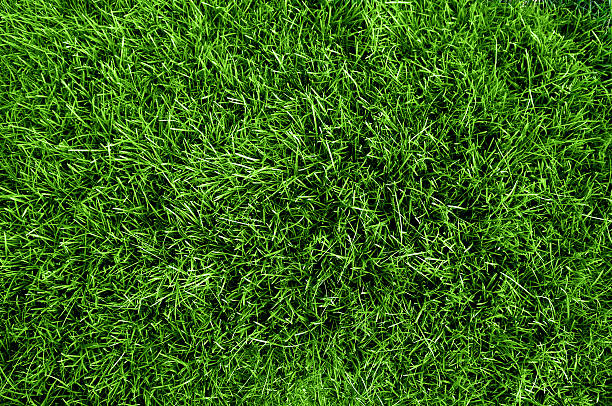
1. Know Your Grass Type
Different grass types have different needs, so it's important to know what type of grass you have. Some common grass types include Kentucky bluegrass, fine fescue, and warm-season grasses such as bermuda, zoysia, and st. Augustine. Understanding your grass type will help you determine the best watering, mowing, and fertilizing practices for your lawn.

2. Watering
Proper watering is essential to the health of your lawn. Watering deeply and infrequently is better than frequent, shallow watering. Your lawn needs about 1 to 1.5 inches of water per week, either through rainfall or irrigation. Make sure to water your lawn in the early morning or late afternoon, when the sun is not as intense and the wind is calm, to reduce water evaporation.
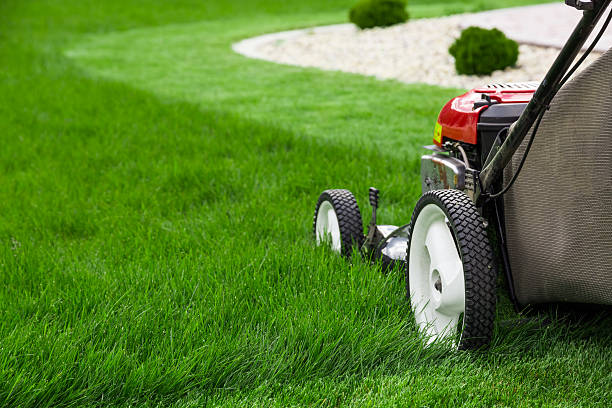
3. Mowing
Mowing is another important aspect of lawn care. Make sure to keep your mower blade sharp and set it to the correct height for your grass type. Avoid scalping your lawn, which can stress the grass and promote weed growth. Also, make sure to alternate the direction of your mowing to reduce soil compaction.
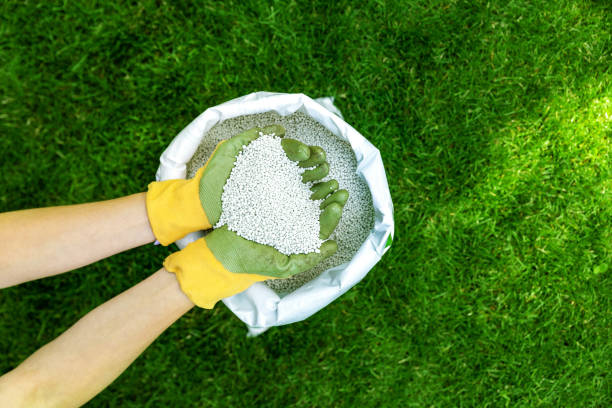
4. Fertilizing
Fertilizing your lawn helps it grow strong and healthy. Choose the right type of fertilizer for your grass type and soil conditions. Apply fertilizer in the spring and fall, and avoid over-fertilizing, which can lead to excessive growth and weed invasion.
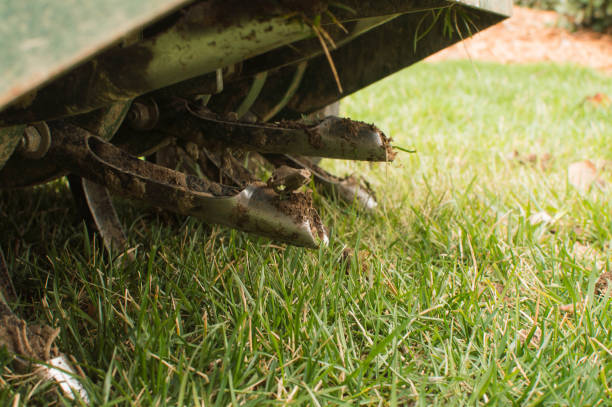
5. Aeration
Aeration is the process of removing small plugs of soil from your lawn to allow air, water, and nutrients to penetrate the root zone. Aerating your lawn once a year helps reduce soil compaction, improve root development, and promote better water and nutrient absorption.
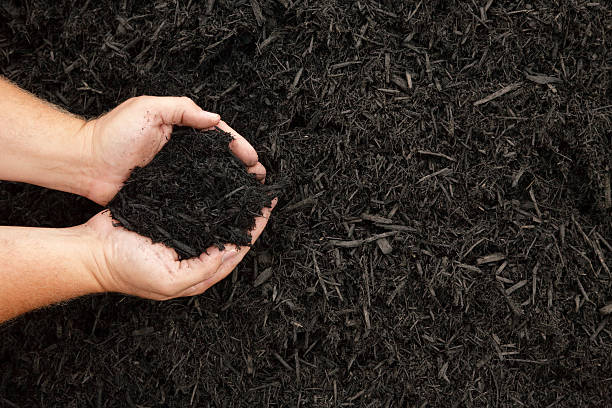
6. Mulching
Mulching is the process of returning grass clippings to the lawn after mowing. This practice helps to return valuable nutrients to the soil, reduce the need for fertilizers, and reduce the amount of waste produced by your lawn.
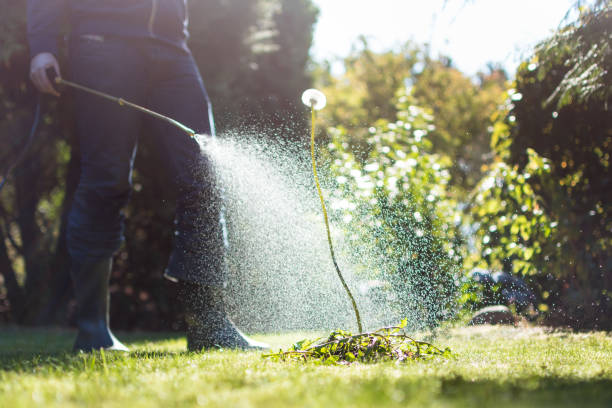
7. Weed and Pest Control
Controlling weeds and pests is essential to maintaining a healthy lawn. There are many products available to help control these nuisances, from pre-emergent weed killers to insecticides. Make sure to choose the right products for your needs, and follow the label directions carefully.
Lawn care is an ongoing process that requires time, effort, and the right techniques. By following these tips, you can help ensure that your lawn stays healthy and beautiful for years to come. And if you need help with lawn care, Lawn Rite Landscaping is here to help. Our experienced team of landscapers can provide you with customized lawn maintenance services to meet your needs and preferences. Contact us today to learn more about how we can help you maintain a beautiful and healthy lawn!